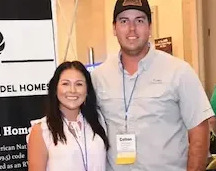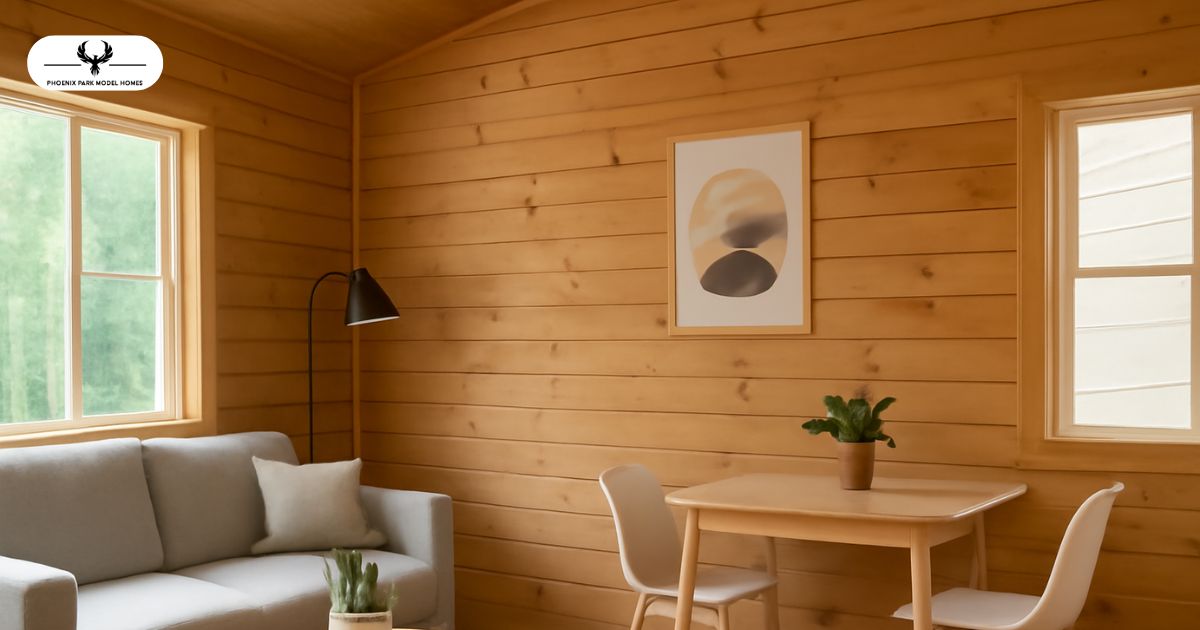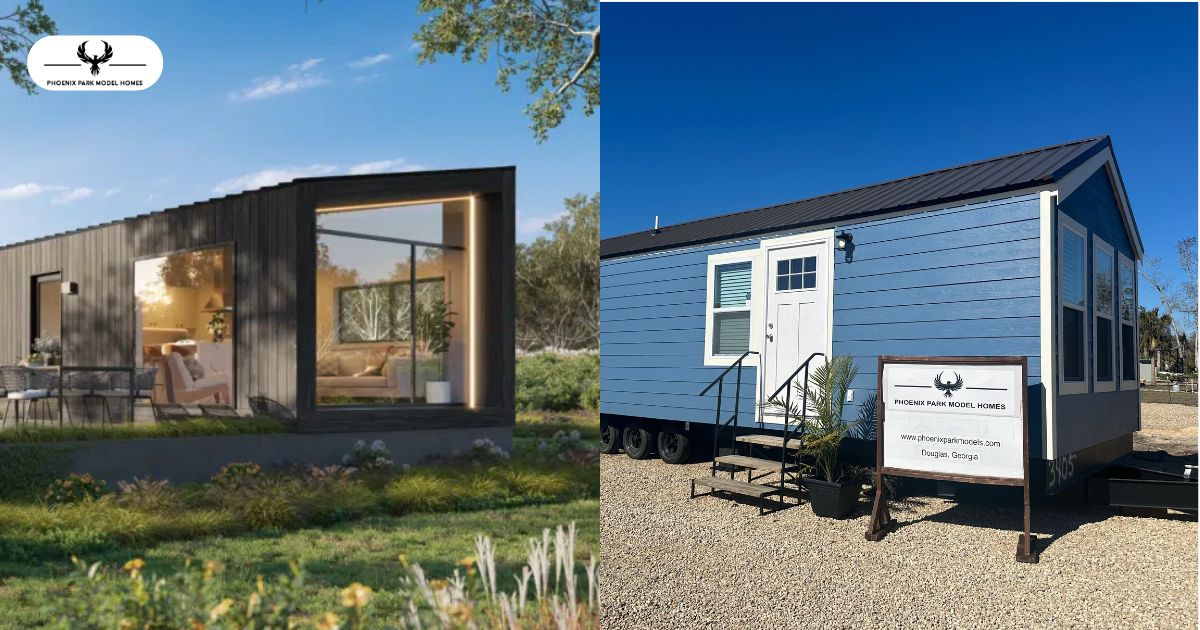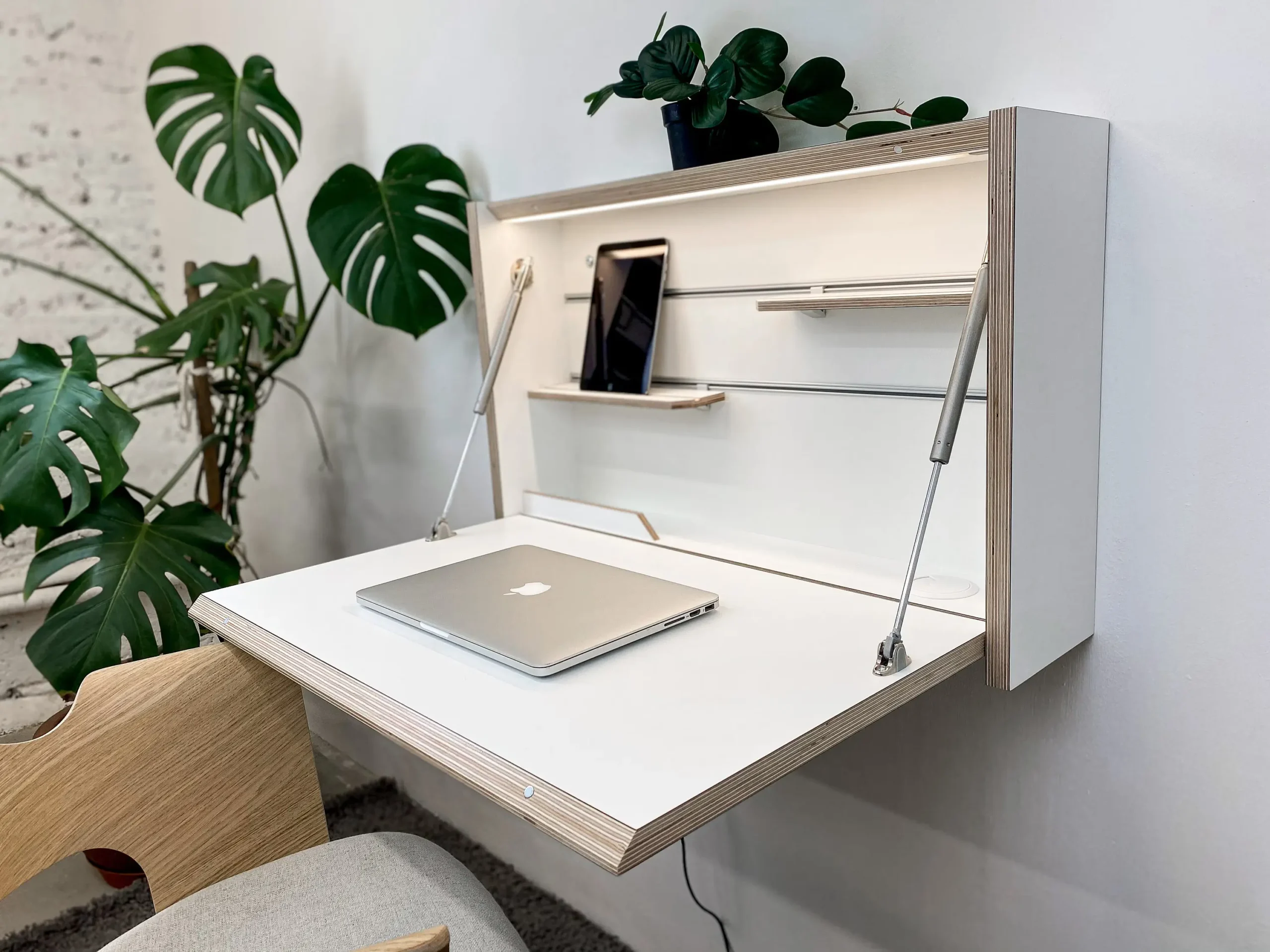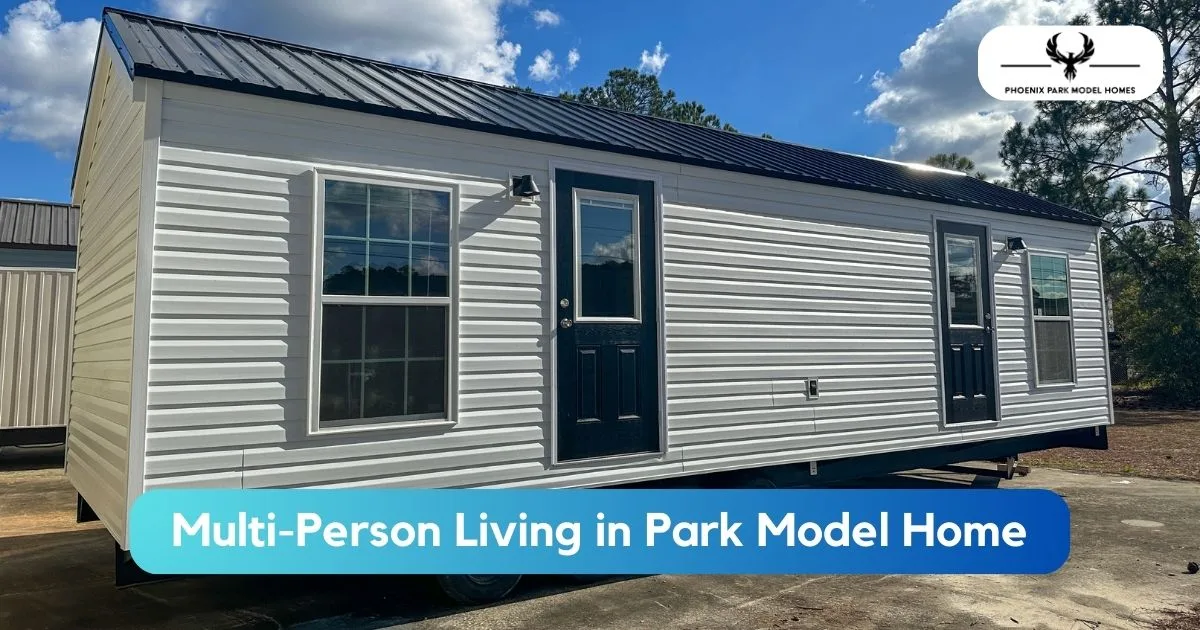Get ready, the Park Model Home market in 2026 is expected to deliver stable, modestly rising prices and a tight supply, making it an appealing package for buyers and investors.
Picture waking up in your comfortable getaway, mountain vista or lakeside without a $500k mortgage. That sense of freedom?
That’s what Park Model Homes deliver in 2026. Rather than just housing, they’re choices of freedom, simplicity, and flexibility.
Pricing Outlook Through 2026
🔹 Modest Price Growth
Experts forecast typical housing values rising 2–4% in 2026. Park Model Homes will likely follow this trend, driven less by land scarcity and more by RV OEM costs, production, and demand.
🔹 Market Drivers
- Rising construction and shipping costs, though subdued post-pandemic.
- Continued energy-efficiency upgrades, premium finishes, and “tiny luxury”.
- A finite supply base keeps resale demand steady.
Supply & Inventory Dynamics
- Lean inventory: Unlike the broader housing market which reported record inventory (up to 9.8 months in 2025), Park Models are rarely overbuilt.
- Dealer caution: With high financing costs, dealers limit inventory.
- Global manufacture constraints: Limited production capacity keeps benchmarks stable.
Implication: Buyers won’t face overwhelming choices, but for those shopping strategically, greater negotiating power exists versus the broader housing crowd.
Interest Rates & Financing
- Continued higher rates: Macro forecasts expect average rates around 6%, with minor dips through 2026.
- RV-specific finance: Chattel loans for Park Models carry slightly higher interest and shorter terms, but overall costs remain more appealing than stick-built alternatives.
- Rate impact: While higher borrowing costs slow sales somewhat, they also reduce speculative behavior, favoring serious, committed buyers.
Park Model Market Snapshot Table
Here’s a clear look ahead:
| Metric | 2024 Actual | 2025 Q4 Forecast | 2026 Projected |
|---|---|---|---|
| Median Sales Price | $120,000 | $125k–$130k | $130k–$135k (+2–4%) |
| Dealer Inventory (Units) | Limited | Stable | Slight decline |
| Months-of-Inventory (MOI) | 3 months | 3 months | 3 – 4 months |
| Financing Rate (APR) | ~6.5% (chattel) | ~6.0% | ~5.8% |
| Sales Volume | Stable to slight growth | +3–5% | +4–6% |
Based on dealer surveys and national anecdotal data.
Market Forces Shaping 2026
Demand Pulse
Park Model Homes align with demand for affordable, flexible housing, driven by remote work, travel desires, tiny‑home lifestyle, and ADU use. Also reveals recession-resistant behavior in short-term rental markets.
Production Constraints
RV manufacturers are returning to steady, but not excessive, output post-pandemic. Park Models aren’t top volume priorities, keeping supply tight.
Broader Housing Trends
Macro housing pressures, high rates, affordability issues, and record unsold inventory favor niche alternatives like Park Models. As traditional inventory surges, smaller markets with stable constraints stand strong.
Who Wins & Who Should Caution
Ideal Buyers / Investors
- Seek an affordable secondary home or rental asset
- Want turnkey, mobile lodging in campgrounds or tiny-home parks
- Prefer predictable costs with good ROI potential (2–3 years payback on rentals)
Considerations
- Full-time living may be restricted by zoning/code compliance.
- Depreciation risk if supply suddenly spikes, though unlikely.
- Requires RV-specific finance, sometimes higher rates, shorter terms.
Forecast Summary
2026 Park Model Home Outlook is anchored in stability:
- Prices up 2 – 4%.
- Inventory remains limited; buyers have fewer options, but resistative pricing.
- Financing modestly improves as interest rates ease under 6%.
- Demand stays solid among lifestyle, rental, and downsizing segments.
These conditions create an environment where buyers can enter with confidence and investors can expect modest returns without the headaches of high-risk markets.
Conclusion: Ready or Not, 2026 Is Your Year
With the mainstream housing market bogged down in high rates, stretched inventory, and inflation anxiety, Park Model Homes shine for what they are: pragmatic, affordable, and growth‑ready.
If you’re:
- Hunting for low-cost vacation or ADU options
- Considering a short-term rental investment
- Tired of bidding wars and locked-in sellers
…then eyeing a Park Model in 2026 is strategic.
Checklist Before You Jump
- Research local zoning; some areas allow only temporary or seasonal use.
- Vet financing loans, compare APRs and terms for chattel loans.
- Consider rental strategy, aesthetic finishes and platforms like Airbnb boost returns.
- Connect with dealers early, limited supply means the early bird picks best.
Also Read: First time park model buyer checklist
Frequently Asked Questions
Is a Park Model Home a good investment in 2026?
Yes. With low upfront costs and rising rental demand, many owners recover their investment within 2–3 years, especially in vacation areas or as backyard ADUs.
Are Park Model Homes good for investment or Airbnb?
Yes. Many owners rent them seasonally in vacation areas or set them up as backyard ADUs for passive income. Their low upfront cost and design make them popular on platforms like Airbnb, especially in nature-focused getaways.
Are Park Model Homes the same as tiny homes?
Not exactly. While both are compact, Park Model Homes are built to RV standards (ANSI A119.5) and typically under 400 sq. ft. Tiny homes may vary in construction standards and size, and not all are legally towable or placed in RV parks.
What are the ongoing costs of owning a Park Model Home?
Beyond the purchase price and loan payments, you should budget for Lot rent (if in a park), Utility connections, Insurance, and Maintenance/upkeep

